A complete guide to creating a graphic design portfolio
Date
Jul 16, 24
Reading Time
9 minutes
Category
Interviews
- Introduction
- Understanding Graphic Designer Portfolios
- Essential Elements of a Graphic Design Portfolio
- How to Build Your Portfolio
- Tailoring Your Portfolio for Different Opportunities
- Enhancing Your Portfolio with Soft Skills and Experience
- Conclusion
- Frequently Asked Questions (FAQs)
Table of content

Introduction
Portfolios can make or break your career.
Crafting a compelling graphic designer portfolio is increasingly crucial in an industry projected to reach $78.25 billion by 2030.
As the 9th largest sector in global business activities, the graphic design market offers vast opportunities for emerging and established designers.
This blog will serve as your complete guide to creating a portfolio that not only showcases your exceptional design skills but also strategically positions you for various professional opportunities.
From securing internships to landing full-time roles, a well-crafted portfolio is your key to success.
Throughout this guide, you'll gain insights into the essential components of a standout graphic designer portfolio, learn how to tailor it for different career paths and understand how to align it with the dynamic demands of the industry.
Let’s dive into creating a portfolio that makes your talents shine in this competitive field.
Understanding Graphic Designer Portfolios
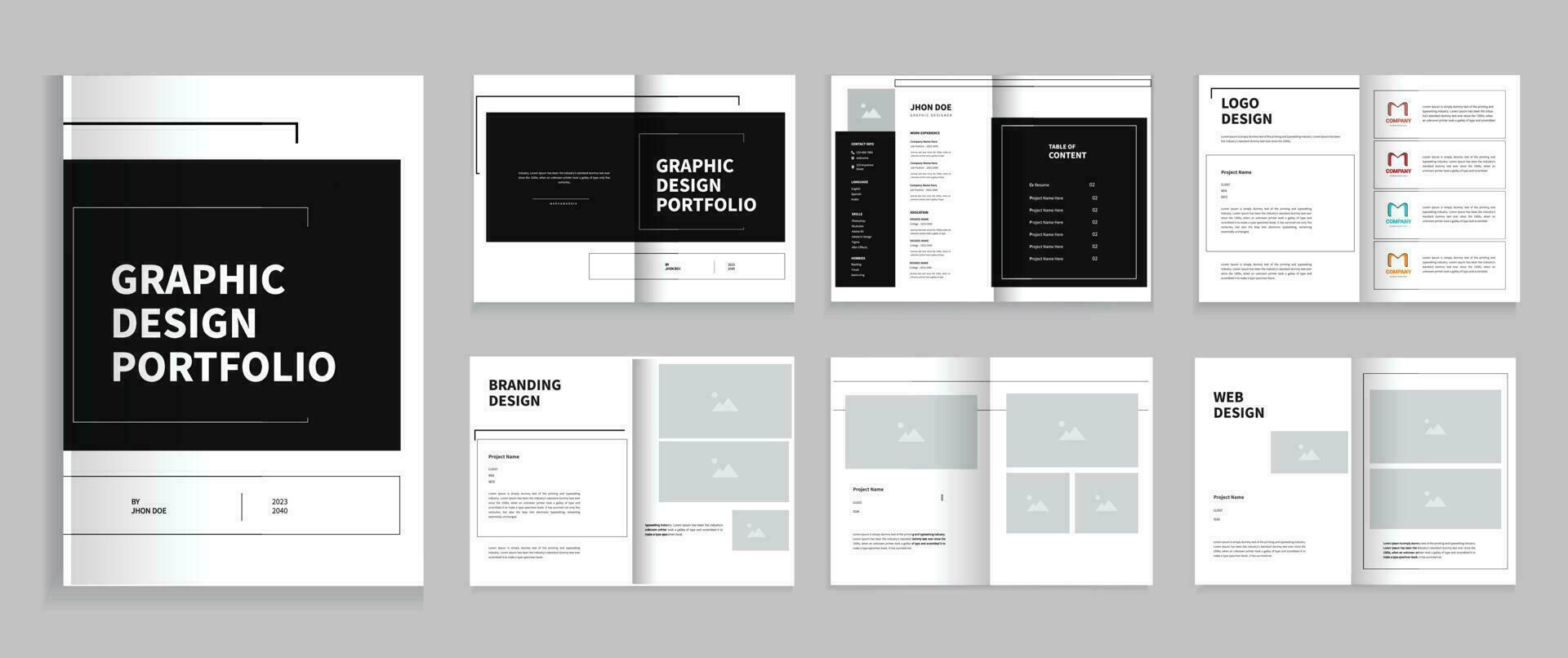
A graphic designer portfolio is a curated presentation that showcases your skills, style, and professionalism. Essential for securing a graphic designer internship, full-time roles, or freelance projects, a robust portfolio can open doors and set you apart in a competitive market.
Types of Graphic Designer Portfolios
Graphic designer portfolios come in three main forms:

- Digital Portfolios: Hosted online, these portfolios can be displayed on personal websites or platforms like Behance or Dribbble, allowing for easy updates and global accessibility.
- Print Portfolios: Ideal for in-person interviews, print portfolios provide a tangible display of your design skills, making a memorable impact.
- PDF Portfolios: Combining the best of both worlds, PDF portfolios are versatile, easily shared via email, or printed for face-to-face presentations.
Showcasing Skills and Style
Your portfolio should reflect your unique design style and diverse skills across branding, digital media, illustration, and typography. This not only demonstrates your technical prowess but also your adaptability to different design challenges and needs.
Portfolio’s Role in Your Career
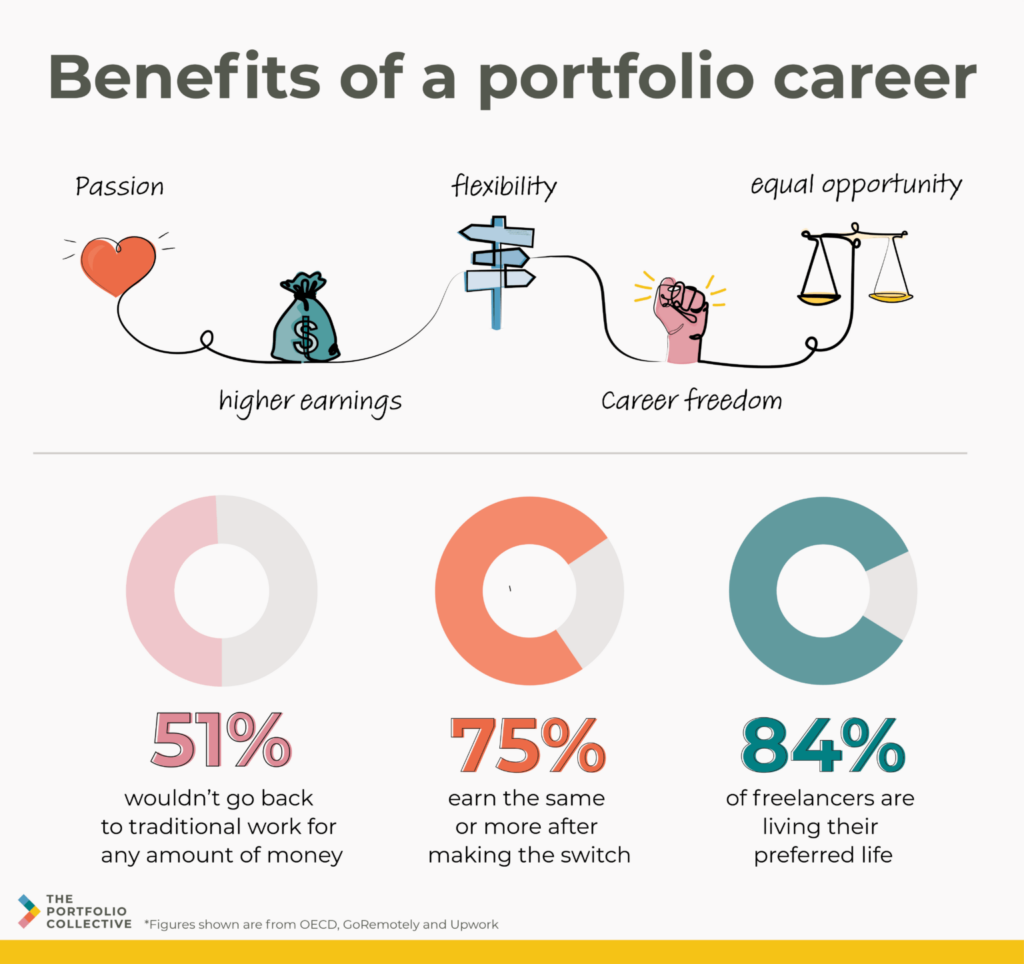
For graphic designers, a portfolio acts as a powerful marketing tool. It visually proves your abilities, helping you to stand out.
Tailoring your portfolio can effectively showcase your ability to meet potential employers' or clients' specific needs. For instance, if targeting a graphic designer internship, highlight projects that demonstrate your potential and readiness to learn.
A well-maintained portfolio is more than a reflection of past work; it signals your future potential and ongoing commitment to your craft.
As the graphic design sector evolves, regularly updating your portfolio with recent projects and new skills is crucial for staying relevant and appealing to a broad audience.
In essence, understanding and strategically assembling your graphic design portfolio is pivotal in navigating the professional landscape and advancing your career in this dynamic industry.
Essential Elements of a Graphic Design Portfolio

Creating an effective graphic designer portfolio requires more than just adding your favorite projects.
It demands a strategic selection and presentation of various elements that highlight your expertise and appeal to potential employers or clients. Here are the key components you should include:
Personal Branding
Start with your personal branding, which includes a logo and a consistent design theme across your portfolio. This branding reflects your personal style and professional identity, making your portfolio memorable and distinctive.
Biography Section
Include a concise biography that outlines your educational background, experience, and specialized graphic designer skills.
This section should provide context about who you are as a professional and what you bring to the table, making it easier for viewers to understand your career trajectory and expertise.
Selected Works
The core of your portfolio should be your selected works. Choose projects that demonstrate a breadth of skills and experiences, from logo design to web graphics and everything in between.
Each project should include a brief description of the brief, your creative process, and the outcome, highlighting how you solved specific design problems.
Process Showcase
Where possible, include breakdowns of your design process to illustrate your thinking and development phases. This helps potential clients or employers see not just the final product but how you approach design challenges.
Contact Information
Provide clear and accessible contact information, including your professional email, phone number, and links to your online profiles or digital portfolios, to make it easy for interested parties to reach you.
Testimonials and References
If available, add testimonials from previous clients or employers. Positive feedback can significantly enhance your credibility and reassure prospective clients of your professionalism and impact.
By integrating these elements into your graphic designer portfolio, you create a comprehensive showcase of your capabilities and professional identity.
This strategic approach not only displays your technical skills and creative vision but also enhances your marketability in the graphic design industry.
How to Build Your Portfolio
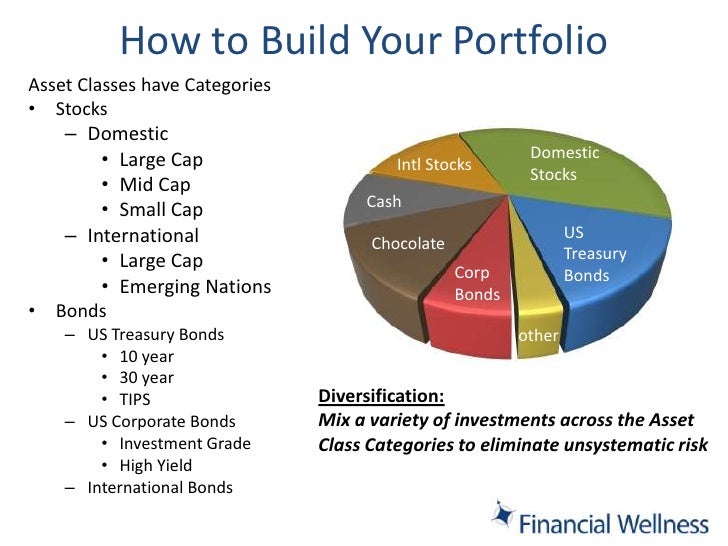
Building a graphic designer portfolio from scratch can seem daunting, but with the right approach, you can create a compelling showcase of your abilities that resonates with potential employers and clients. Here’s a step-by-step guide to help you get started:
Define Your Goals

Before you begin, clarify what you want to achieve with your portfolio. Are you aiming for a graphic designer internship, a full-time position, or freelance opportunities? Understanding your goals will guide the selection of projects and the overall design of your portfolio.
Collect Your Best Work
Gather all potential pieces you might include. Look for different projects (e.g., logos, web designs, illustrations) that show various skills and creativity. Consider including work that demonstrates problem-solving, versatility, and innovation.
Choose the Right Platform
Decide where to host your portfolio. For most graphic designers, a digital portfolio is essential. Options include building your own website or using portfolio sites like Behance or Dribbble.
Each platform has its pros and cons, so choose one that aligns with your technical skills and career aspirations.
Design Your Portfolio
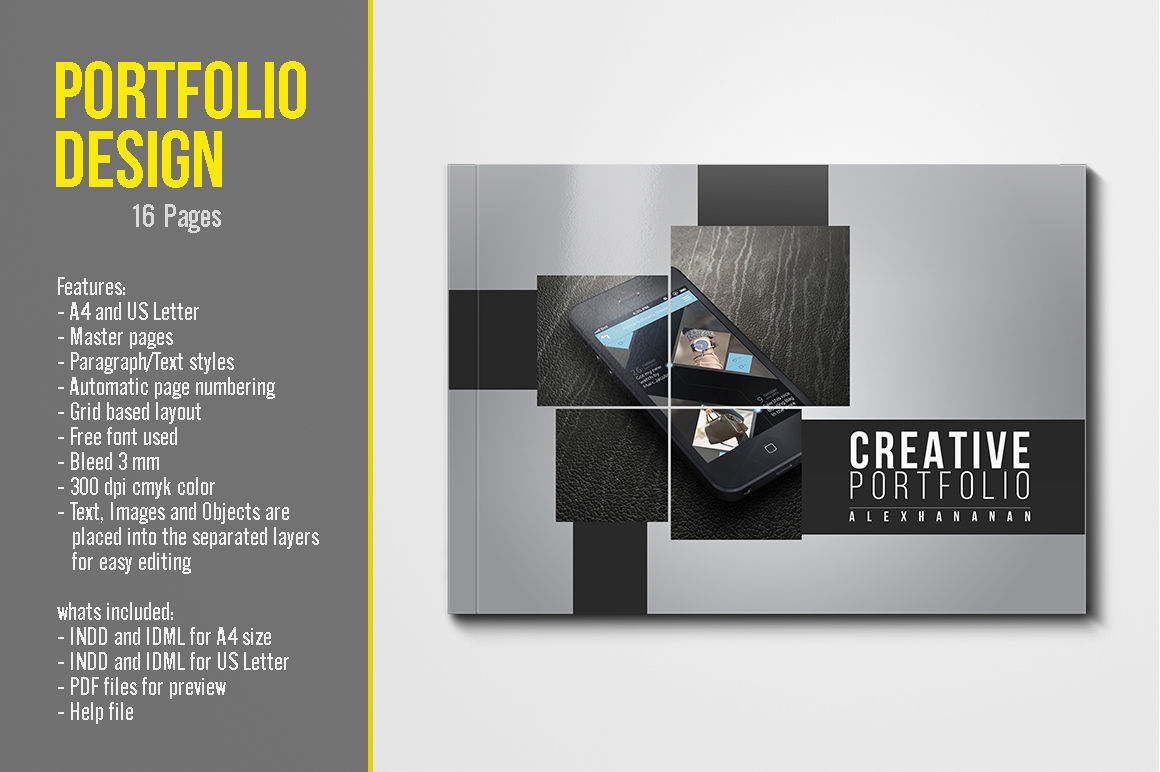
Focus on a clean, accessible design that complements your work rather than overshadowing it. Consistent branding, easy navigation, and responsive design are key to making your portfolio professional and user-friendly.
Ensure it looks great on all devices, as this flexibility can significantly enhance viewer engagement.
Curate Your Content
Select works that reflect your best skills and align with your career goals. For each project, include a title, a brief description, the project's goal, your specific role, and the outcomes.
Highlighting your contributions and the value added through your work can significantly impact the viewer’s perception.
Showcase Your Process
For key projects, include a section that walks viewers through your creative process. This might include initial sketches, revisions, and final outcomes.
This transparency can be especially appealing to potential employers interested in how you think and solve design challenges.
Include Soft Skills
Incorporate elements that demonstrate your soft skills, such as teamwork, communication, and time management. These can be shown through collaborative projects or testimonials.
Optimize and Update Regularly
Ensure your portfolio includes relevant keywords like "graphic designer portfolio" and "graphic designer skills" to enhance its visibility online.
Regular updates with new projects and skills are crucial to keeping your portfolio relevant and engaging.
Get Feedback
Before finalizing, seek feedback from mentors, peers, or professionals in the industry. Constructive criticism can help refine your presentation and ensure your portfolio effectively communicates your capabilities.
Building a strong graphic designer portfolio is a dynamic process that evolves with your career. By following these steps, you can create a portfolio that not only showcases your work and skills but also positions you effectively in the competitive field of graphic design.
Tailoring Your Portfolio for Different Opportunities
Adapting your graphic designer portfolio to suit different professional opportunities is essential for capturing the attention of varied audiences.
Whether you're aiming for an internship, a full-time job, or freelance gigs, customizing your portfolio can significantly increase your chances of success. Here's how to tailor your portfolio for different scenarios:
Internships
For graphic designer internships, emphasize projects that showcase your learning potential and enthusiasm.
Include school projects, personal projects, or any work demonstrating your grasp of fundamental design principles and your eagerness to grow within the industry.
Full-Time Positions
When applying for full-time positions, highlight works that show a deep understanding of the industry and the ability to handle complex projects.
Showcase a range of skills and experiences that align with the specific job description, focusing on professional work and demonstrating your capability in a working environment.
Freelance Opportunities
Freelancers need to show versatility and the ability to work with diverse clients. Include a wide range of projects that highlight your adaptability, problem-solving skills, and client satisfaction.
Testimonials and case studies can be particularly persuasive here, as they provide concrete examples of past successes.
General Tips for a Good Graphic Designer Portfolio
Here are some general tips to keep in mind when crafting your resume
- Always ensure your portfolio is organized and easy to navigate.
- Include only your strongest pieces that are most relevant to the role or opportunity.
- Use your portfolio to tell a story—arrange your projects to build on each other and illustrate your professional growth.
By thoughtfully adapting your portfolio, you communicate to potential employers or clients that you understand their specific needs and are capable of meeting them. This tailored approach can make all the difference in a competitive job market.
Enhancing Your Portfolio with Soft Skills and Experience
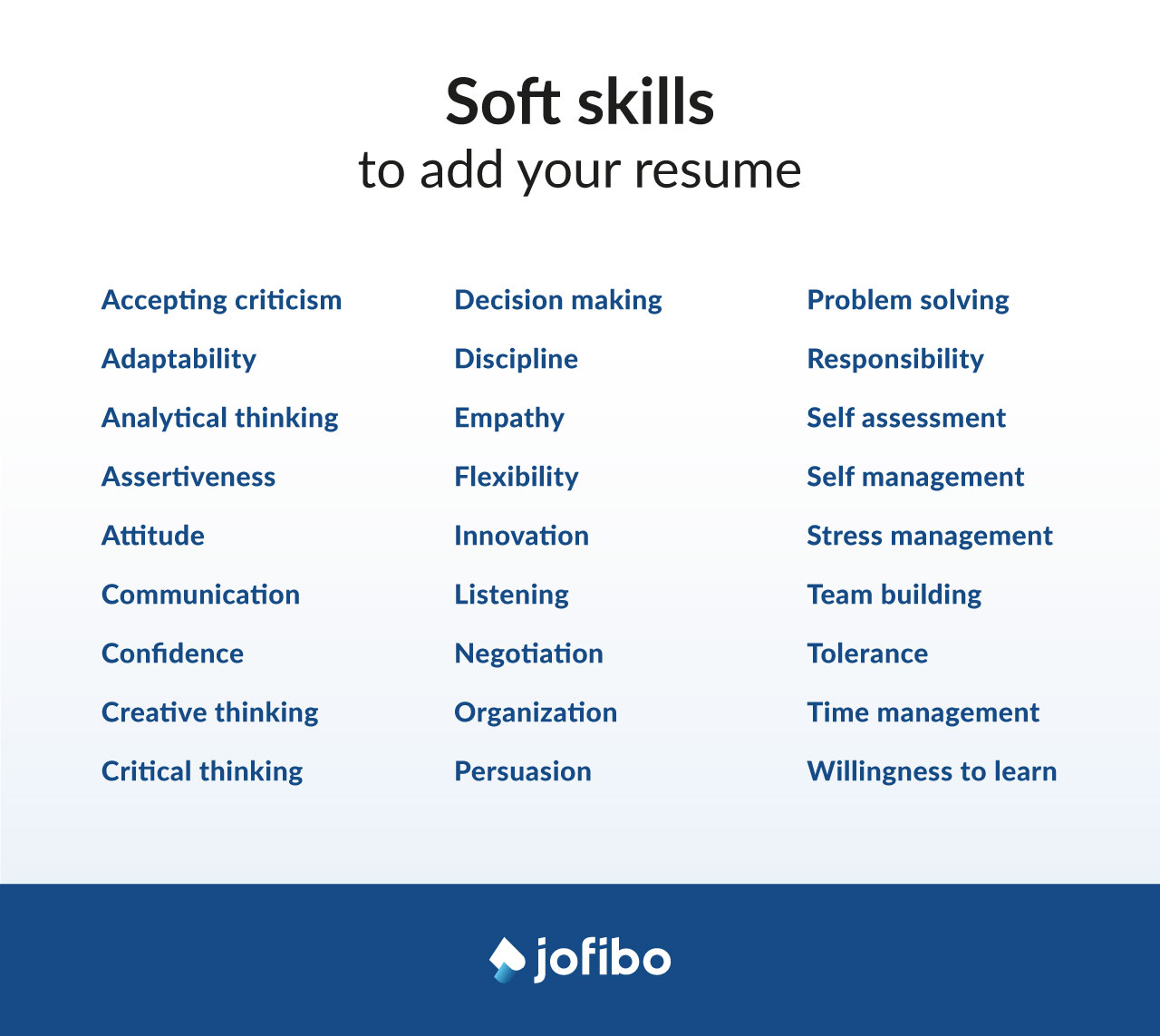
Beyond showcasing technical graphic design skills, your portfolio should also highlight your soft skills, which are increasingly valued in collaborative and dynamic work environments. Here’s how to integrate these elements effectively:
Showcase Communication and Teamwork
Include projects that involved teamwork, specifying your role and the collaborative aspects of the project. This demonstrates your ability to work effectively with others, a crucial skill in most professional settings.
Problem-Solving Capabilities
Highlight projects where you addressed challenging design problems. Describe the issue, your approach, and the successful outcome. This not only shows your design skills but also your capacity to think critically and innovate.
Client Feedback and Testimonials
If available, incorporate testimonials from clients or colleagues that speak to your professional demeanor, reliability, and the quality of your work. Positive feedback can greatly enhance your credibility.
Continuous Learning
Mention any ongoing learning or certification courses relevant to graphic design. This shows your commitment to staying updated with industry trends and technologies, illustrating your dedication to growth and improvement.
By integrating these aspects, your portfolio will display not just your design talents but also your all-around capabilities as a professional, making you a more attractive candidate for any position.
Conclusion
In conclusion, a well-crafted graphic designer portfolio is more than just a collection of your best works—it's a comprehensive showcase of your capabilities, creativity, and professionalism.
By incorporating a variety of projects, emphasizing your process, and highlighting both your technical and soft skills, you create a dynamic and engaging portfolio.
Remember to update it regularly with new projects and skills to keep it relevant in the ever-evolving design industry.
With these strategies, your portfolio will not only capture the attention of potential employers and clients but also pave the way for a successful career in graphic design.
With determination and a growth mindset, you will find best career opportunities for you.Stay proactive and adaptable, and you'll find that growth and success are within your reach.In today's competitive world, enhancing your skills and cultivating strong communication qualities are essential for career growth and personal fulfillment.
Relinns Technology offers an excellent platform to achieve these goals. At Relinns, you can discover a wealth of career opportunities designed to help you excel. The company is dedicated to helping you enhance your skills, particularly in communication, through hands-on projects and continuous learning. By joining a team of passionate professionals and working on cutting-edge technologies, you will not only contribute to innovative projects but also hone your communication capabilities

Frequently Asked Questions (FAQs)
What should I include in my graphic designer portfolio?
Include a variety of projects that demonstrate your range of graphic designer skills, a personal branding section, a concise biography, process breakdowns, and contact information.
How can I tailor my portfolio for a graphic designer internship?
Focus on projects that showcase your learning potential and creativity. Highlight any academic or personal projects that demonstrate fundamental design skills.
What are the essential graphic designer skills to showcase in my portfolio?
Showcase your proficiency in design software, understanding of color theory and typography, project management, and problem-solving skills.
What types of graphic designer portfolios are most effective?
Digital portfolios are versatile and widely accessible, making them effective. However, print or PDF portfolios can be advantageous for in-person meetings or specific audience preferences.
How often should I update my graphic designer portfolio?
Regularly update your portfolio to include new projects, enhanced skills, and any relevant experiences. This keeps your presentation fresh and relevant to the current market demands.





